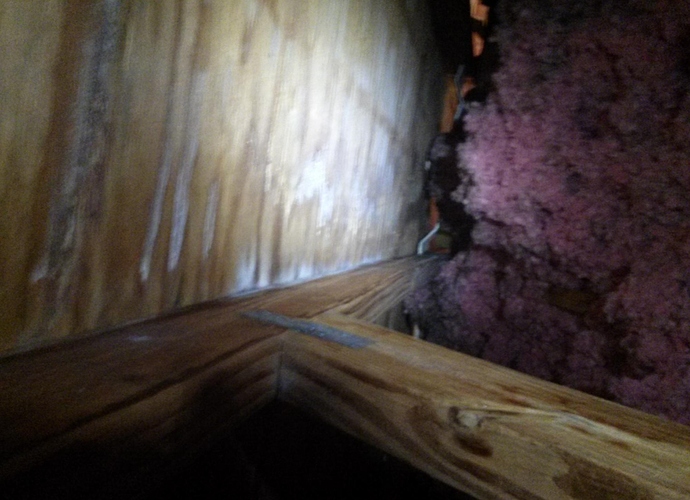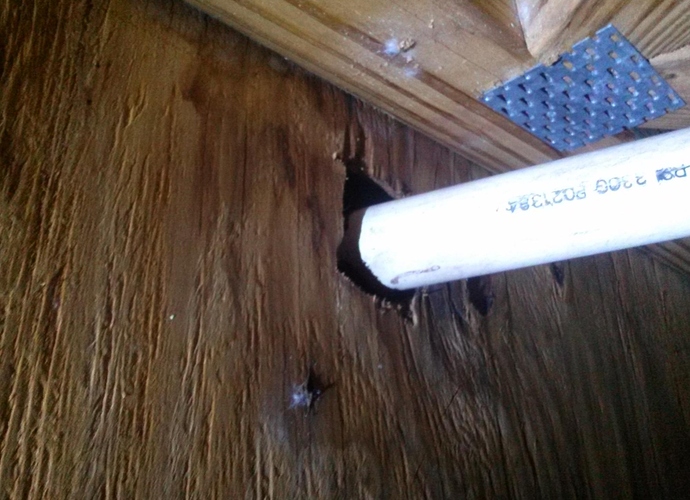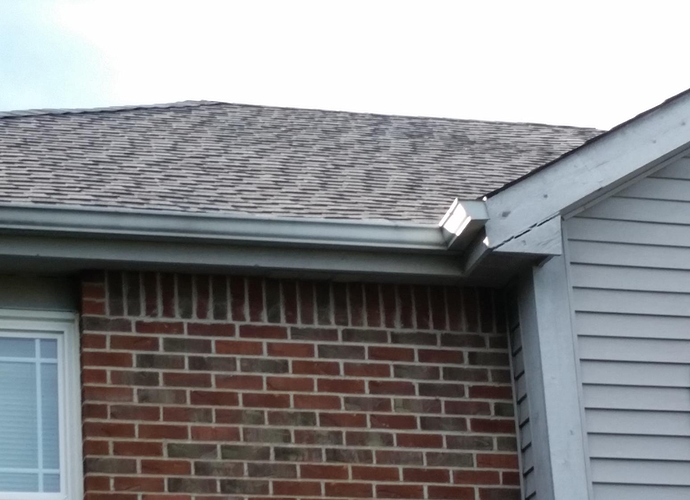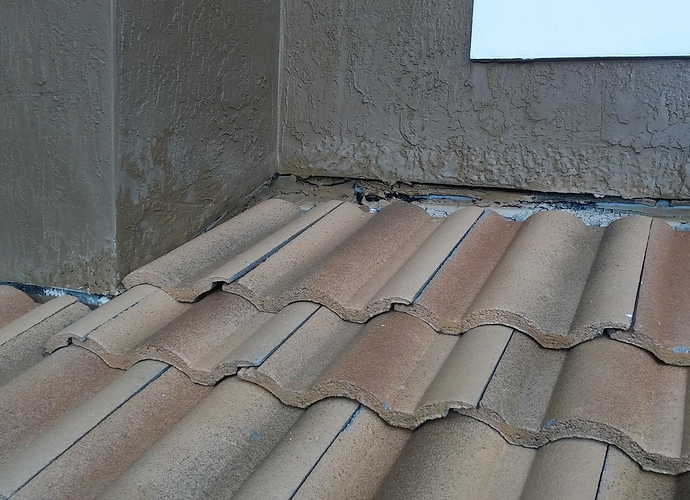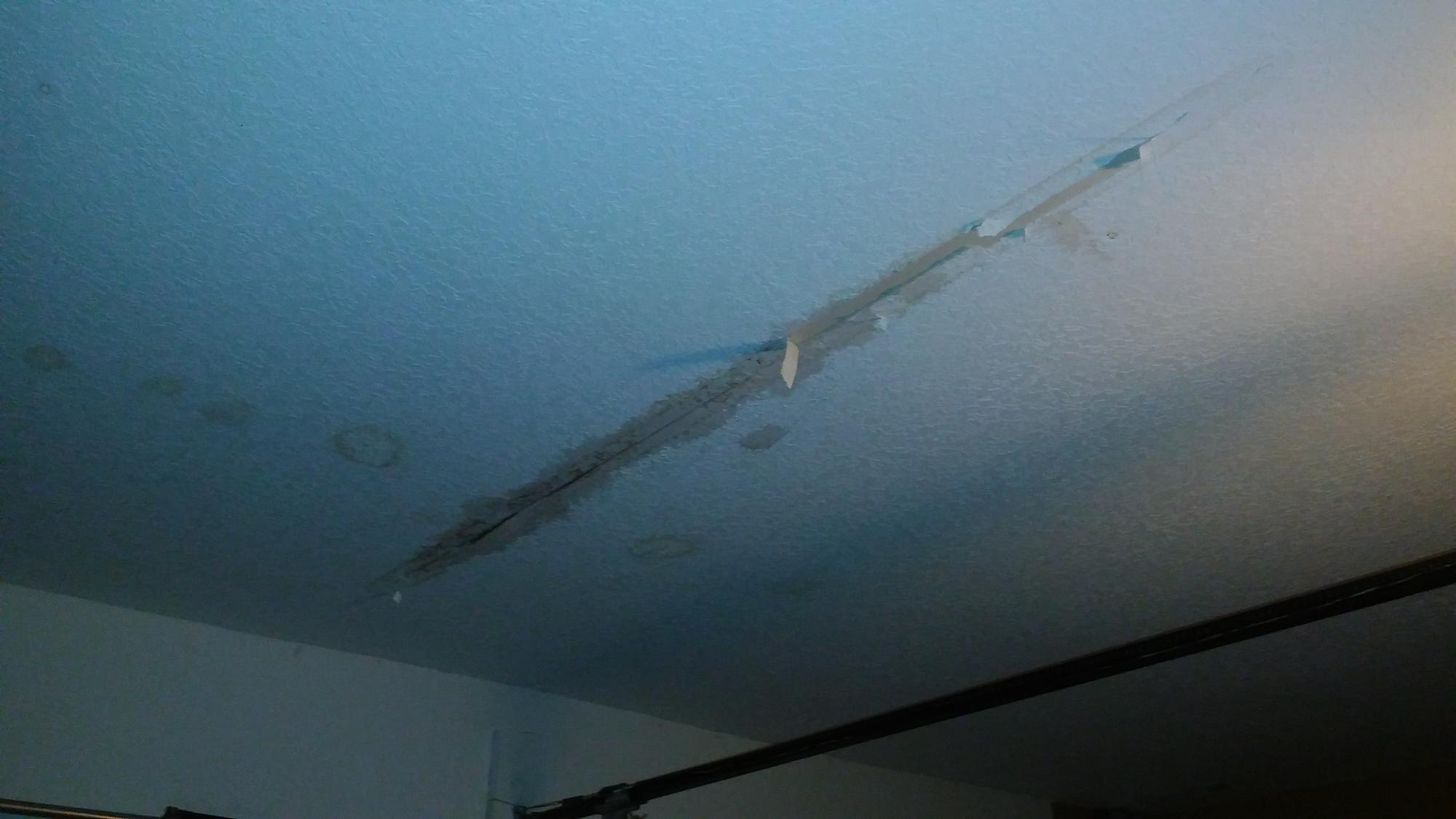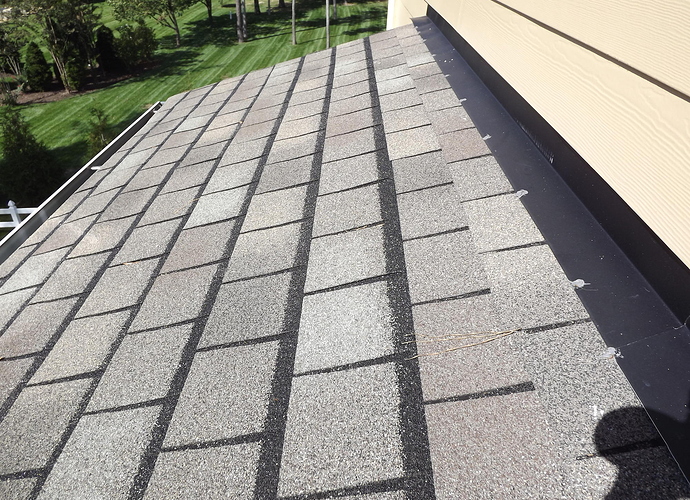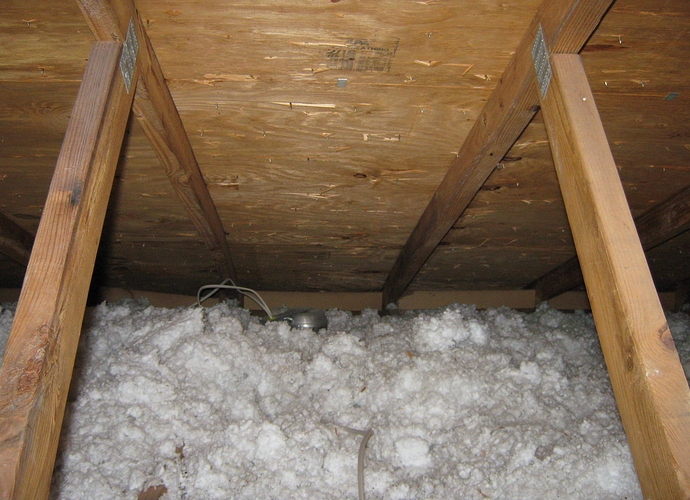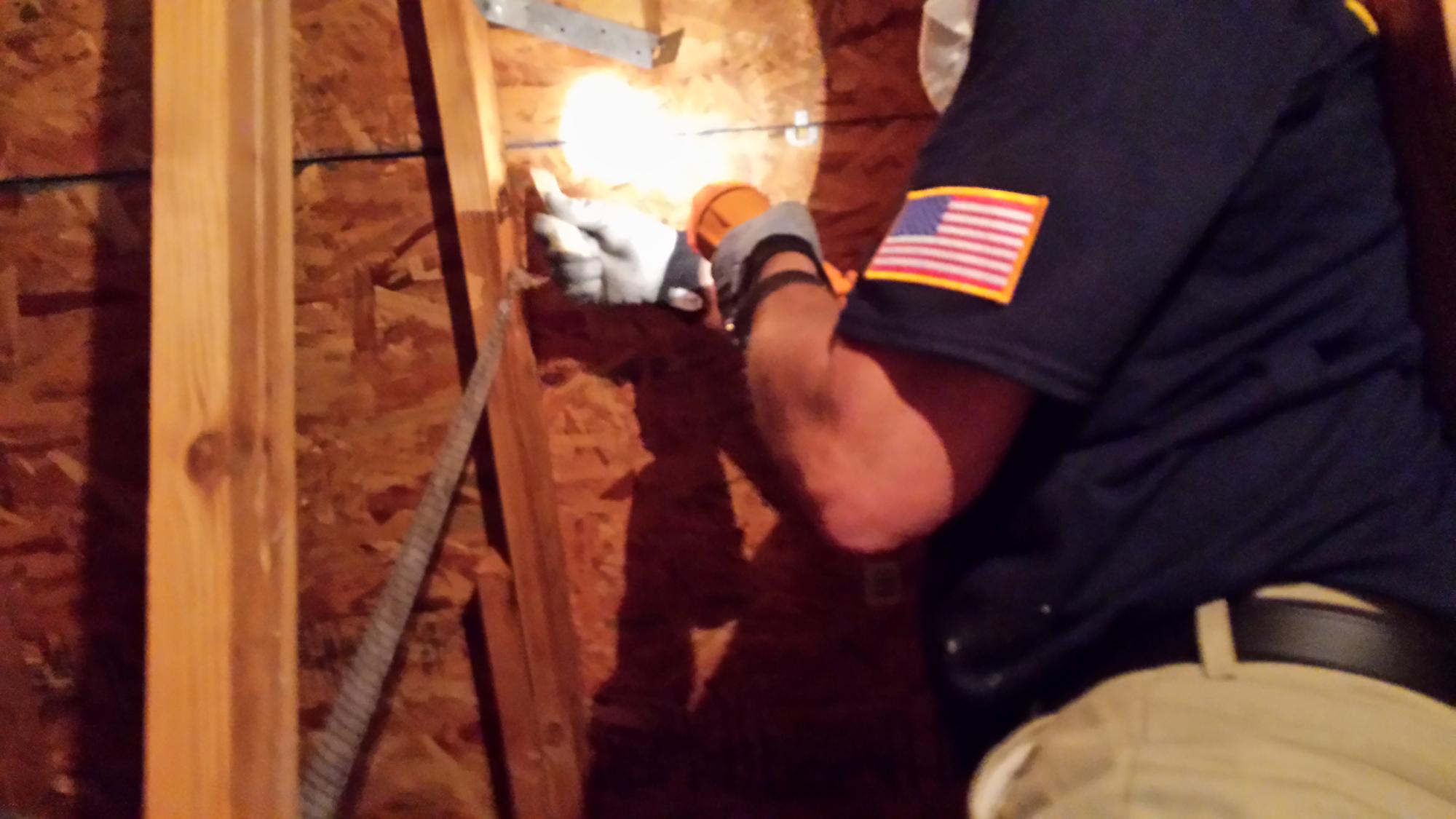Temprano accidente de Edison
por Nick Gromicko y Kate Tarasenko
Muchos electricistas, estudiantes y aficionados a la historia saben que Thomas Edison se acredita por inventar la bombilla. De hecho, su papel en este caso fue mejorar un concepto que ya tenía 50 años. Lo que Edison hizo que dejó su marca en la invención fue desarrollar una segura, práctica y asequible luz eléctrica incandescente para uso domestico, así como para aplicaciones comerciales.
Después de mucho ensayo y error, de 1879, Edison creó una luz eléctrica usando un globo pequeño de vidrio con un filamento carbonizado de hilo de coser y la cantidad justa de vacío en la bombilla, alimentada por una corriente eléctrica baja. Su nuevo bombillo alumbro durante más de 12 horas antes que el filamento se quemara.
Una vez Edison coincide la combinación correcta de elementos que componen su nueva bombilla, la cuestión quedó en cómo energizarla apropiadamente. La primera planta centralizada estaba todavía a tres años de ser operacional, y este retraso condujo a algunas interesantes, si no peligrosas, demostraciones de luz generada por electricidad.
Uno de los clientes de Edison era el magnate de negocios americano William Henry Vanderbilt, cuya familia construyó el ferrocarril Central de Nueva York. Vanderbilt insistió en que Edison equipara la sala de su hogar con bombillas, que fueran accionadas por un generador que se instaló en el sótano para este propósito. Las luces alumbraron bien, aunque breve, durante la noche, cuando una casi tragedia ocurrió probablemente habitual en el mundo día a día de Edison de inventar, pero podría muy bien han descarrilado el curso de la historia como la conocemos. Notas de Edison describieron la escena:
"Sr. Vanderbilt, su esposa y algunos de sus hijas entró y estaban allí unos minutos cuando se produjo un incendio. La galería grande del cuadro fue forrada con tela de seda entretejida con malla metálica fina. De alguna manera, consiguió habían cruzados dos cables con malla, que se convirtió en al rojo vivo, y toda la pared era pronto a fuego.”
El problema, fue rápidamente determinado, el cableado no se había aislado correctamente. Cuando el cableado energizado hace contacto con las aplicaciones de oropel (cinta metálica dorada) en el papel de pared, estalló en llamas.
El fuego fue rápidamente extinguido y no hubo ningún herido. Desafortunadamente para el Sr. Vanderbilt, la histérica señora Vanderbilt, cuando supo que el generador utilizado para alimentar las bombillas estaba situado en el sótano, insistió en que se retirara. Ella se negó a pasar otra noche en la casa hasta que se cumpliera su demanda. Su alarma fue injustificada, ya que el generador en sí mismo era perfectamente seguro. El Sr. Vanderbilt se vio entonces obligado a ceder y lo retiró. No se sabe cuándo la señora Vanderbilt permitió otra vez que su hogar fuera iluminado con luz eléctrica.
Un sistema de distribución eléctrica que pudiera proporcionar energía segura, sostenible y asequible a luz eléctrica domiciliaria y empresarial sería el próximo desafío mayor en el desarrollo de la electricidad, pero, debido a los tempranos éxitos “trágicos” de Edison (no obstante, el fuego de la sala de Vanderbilt) y la demanda prácticamente instantánea de los consumidores, este desarrollo tecnológico siguiente iba por la vía rápida.
La primera planta centralizada entró en línea en 1882. Encuentra en Pearl Street en el bajo Manhattan, sirvió 59 casas con 110 voltios, costando a sus clientes cerca de 24 centavos de dólar por kilovatio-hora. La central eléctrica consumía 10 libras de carbón por hora, el equivalente de unos 138.000 BTU.
A finales de la década, pequeñas centrales de energía surgieron en las principales ciudades de los Estados Unidos, sirviendo un área de sólo unas pocas manzanas debido a las ineficiencias de energía de corriente directa. El cableado aéreo vino después, en 1883. Los métodos de pruebas de rendimiento y seguridad eléctrica también eran altos en la lista de tareas de Edison. El “mago de Menlo Park,” como era conocido (debido a sus casi 1.100 patentes en los Estados Unidos solamente), fue en gran parte responsable del desarrollo de las innovaciones que llevaron electricidad a los hogares e industria, en última instancia, transformando el mundo moderno.
Inspeccionar el sistema eléctrico es quizás el aspecto más peligroso al inspeccionar una vivienda, seguido de cerca por posibles peligros mientras se camina sobre un techo. Al inspeccionar la instalación eléctrica de una residencia, se deben tomar precauciones para protegerse de descargas eléctricas accidentales, sin dejar de mencionar los riegos de fuego eléctrico. Los inspectores también deben comprobar si existen componentes defectuosos, tomacorrientes sobrecargados, riesgos de tropiezo debido a cables de extensión eléctricos como también el correcto aislamiento de los cables dentro del hogar y en el servicio exterior. Tenga precaución contra estos peligros. Revise las normas de práctica residencial de InterNACHI y prepárese adecuadamente para una inspección.

